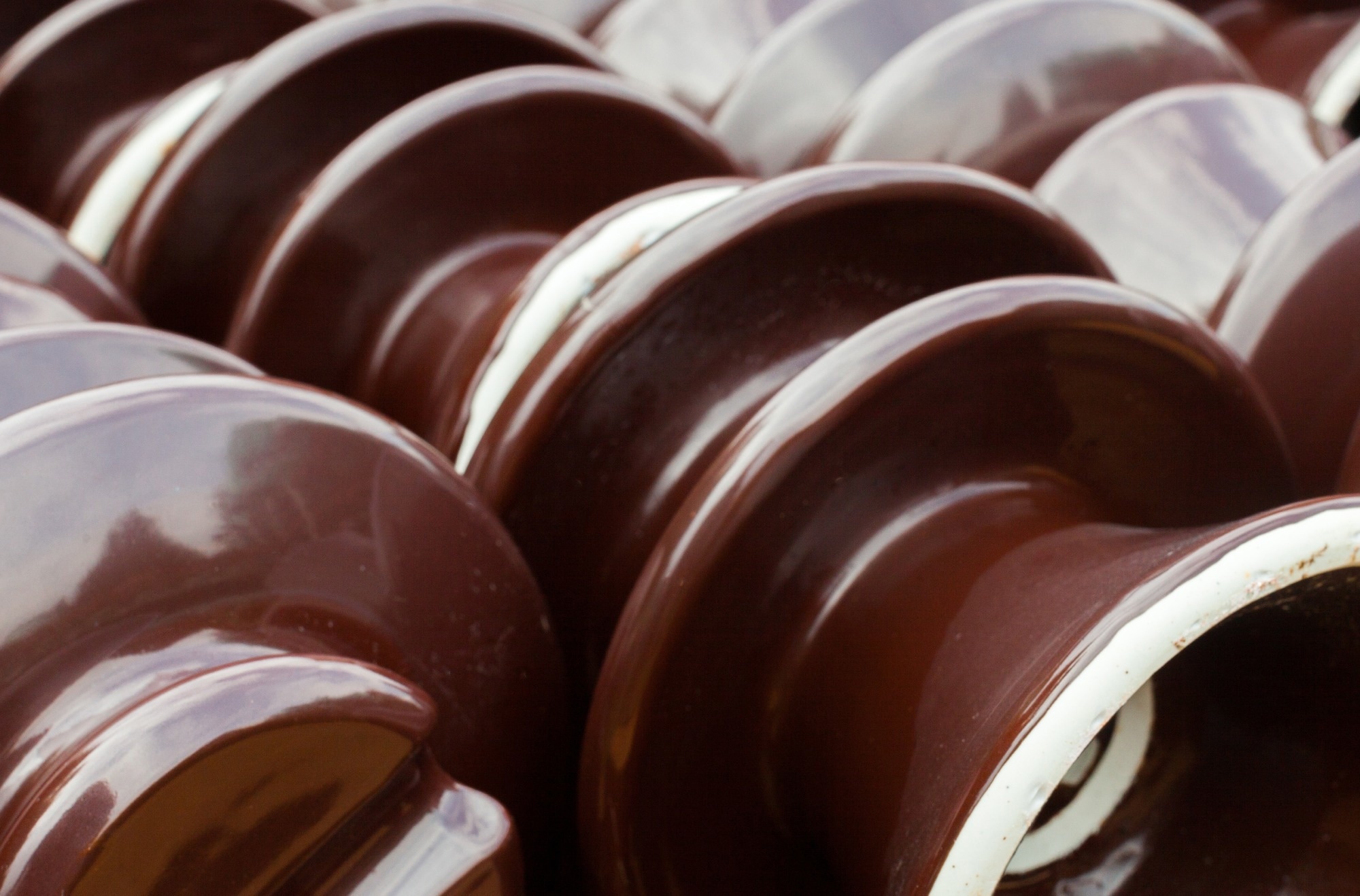In an article published in the journal Nature, researchers focused on the detection and monitoring of partial discharge (PD) in ceramic insulators for electrical system reliability and safety. Various factors causing PD, including manufacturing defects, aging, and environmental exposure, were identified. The study introduced the acoustic emission technique for PD detection.
 Study: AI-Powered Detection of Partial Discharge in Ceramic Insulators. Image credit: rootstock/Shutterstock
Study: AI-Powered Detection of Partial Discharge in Ceramic Insulators. Image credit: rootstock/Shutterstock
Data processing techniques were applied to signals, and an artificial neural network (ANN) classifier achieved a 96.03% recognition rate from discrete wavelet transform analysis and 88.65% from fast Fourier transform analysis. Support vector machine (SVM) and K-nearest neighbor (KNN) algorithms validated the ANN's accuracy and effectiveness in classifying defective ceramic insulators.
Background
This study examined outdoor ceramic insulators supporting overhead lines at transmission and distribution voltages for defects caused by various environmental conditions. Issues such as cement expansion, erosion, corrosion, and contamination flashover were identified as potential failure factors. Researchers employed water expansion tests, introduced engineering constraints, and explored artificial intelligence (AI) techniques for fault detection and classification in high-voltage equipment. Deep learning, computer vision, and acoustic emission detection were utilized to automate the assessment process. The integration of feature selection with AI, particularly through ANN, demonstrated promising results in classifying insulator conditions. Support vector machines SVM and KNN were also employed for validation.
Methods
In this study, three samples of pin-cap ceramic insulators, sourced from the Egyptian Company for Manufacturing Electrical Insulators (ECMEI), underwent experimental testing to identify defects. The insulators, with 11 kV rating voltage, 255 mm diameter, 146 mm spacing, 320 mm creepage distance, and 90 kN mechanical strength, were subjected to variable artificial defects: one completely broken, one cracked, and one without apparent defects serving as a healthy reference.
The final stage involved pattern recognition using an ANN to classify different types of defects based on the extracted features. The ANN, mimicking biological neural networks, comprised input, hidden, and output layers, with interconnected nodes adapting their weights during the learning process. This comprehensive scientific approach enabled the identification and classification of defects in ceramic outdoor insulators based on acoustic emission signals and waveform features.
Result and Discussion
The laboratory study analyzed acoustic emission signals from PD activities for three insulator samples using a 40 kV, 50 Hz sinusoidal waveform. A 500 MHz oscilloscope captured time-domain characteristics, revealing distinct waveform differences between healthy and defective samples. Fast Fourier Transform showcased frequency domain distinctions. Employing MATLAB, a wavelet analysis was conducted using the 'db4' mother wavelet, decomposing each signal into five levels of approximations and details.
Seven features were extracted from the decomposed signals, emphasizing relative changes indicative of defect types. An ANN with 14 input features and a target output matrix of 3 elements demonstrated a recognition rate of 68.119%. To enhance accuracy, the dataset was expanded to 200 signals per sample, resulting in improved classifier performance. The revised experiment underlines the significance of data quantity for robust ANN-based defect classification.
Validation of Results
In the validation of ANN findings, MATLAB was employed to implement SVM and KNN. SVM, optimizing hyperplanes for data classification, and KNN, a non-parametric method relying on nearest neighbor proximity, were applied resulting from feature selection. Through the classification learner application, SVM and KNN achieved accuracies of 94.8% and 90.0%, respectively.
Confusion matrices demonstrated high classification accuracy, surpassing 90.0%, with consistent predictions between SVM and KNN. The meticulous implementation of SVM and KNN as alternative perspectives established a comprehensive validation framework for the classification performance of the ANN model, providing a scientifically sound and technically rigorous assessment of the developed ANN.
Research Contribution
This research developed an online safety monitoring technique for ceramic outdoor insulators, focusing on real defects occurring during service with high-bandwidth equipment. The feature selection process utilized the ANOVA test in data processing techniques, aligning its outcomes with previously employed tools. Analysis of ANN results revealed a correlation between the overall recognition rate and the number of collected signals, suggesting a higher signal count led to increased recognition rates. Validation using SVM and KNN algorithms confirmed the congruence of results, affirming the suitability of ANN, SVM, and KNN models for classifying issues with outdoor ceramic insulators at high voltage levels.
Conclusion
In this study, the detection and monitoring of PD in outdoor ceramic insulators were crucial for ensuring electrical power network reliability. A distributed acoustic sensing (DAS) system captured and Employing discrete wavelet transform (DWT), features were extracted and original signals decomposed into multi-level signals to enhance acoustic signature information. The ANOVA test served as a feature selection tool, identifying significant signatures for defective insulator classification. SVM and KNN models validated ANN results, enhancing the classifier's accuracy and reliability, which are crucial for electrical power system safety and reliability.